Mole Sauce Unmasked: The Spicy, Sweet, and Mysterious World of Mexico’s Ultimate Flavor Bomb
Table of Contents
- What Exactly *Is* Mole Sauce?
- The Magical Ingredients That Make Mole So Unique
- A Spectrum of Mole: From Red to Green and Everything In Between
- How to Cook Like a Pro: Tips for Using Mole at Home
- Pairing Mole Like a Sommelier: What Goes With This Complex Sauce?
- Busting Mole Myths: Separating Fact from Fiction
- Final Thoughts: Why Mole Deserves a Spot in Your Spice Rotation
What Exactly Is Mole Sauce?
If you’ve ever tasted mole (pronounced MOH-lay), you know it’s like a culinary opera in your mouth. It’s spicy but not fiery, rich without being heavy, and sweet without crossing into dessert territory. But what exactly is this mysterious Mexican sauce that seems to defy simple categorization?
In short, mole is a complex, slow-cooked sauce made from a blend of ingredients including chili peppers, spices, nuts, seeds, fruits, and often chocolate — though not always! Originating from central and southern Mexico, especially Oaxaca and Puebla, mole is the OG fusion food before fusion was cool.
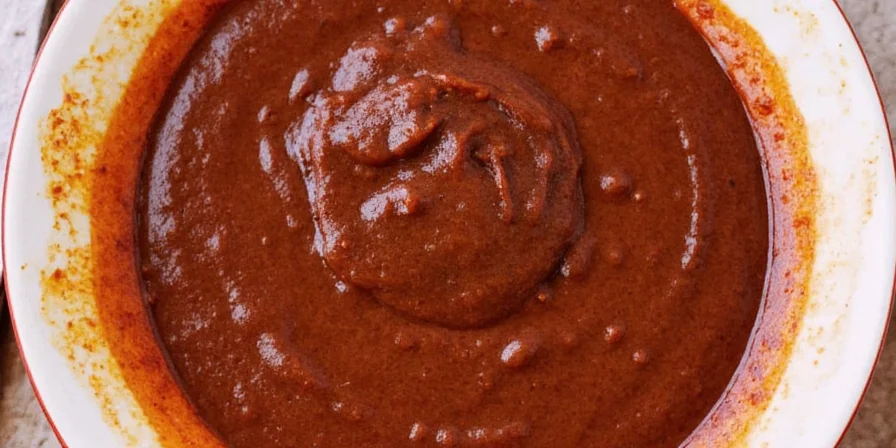
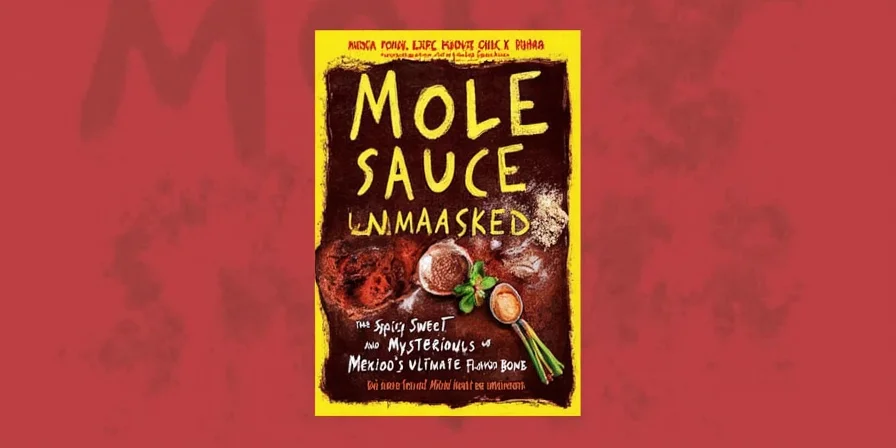
The Magical Ingredients That Make Mole So Unique
Mole is all about balance — between heat, sweetness, earthiness, and bitterness. Let’s break down the typical components you’ll find in a classic mole recipe:
| Ingredient | Role in Mole |
|---|---|
| Ancho Chili | Provides deep red color and mild, fruity heat |
| Pasilla Chili | Adds smoky, raisin-like depth |
| Guajillo Chili | Brings bright acidity and medium spice |
| Cinnamon & Cloves | Lend warm, spiced aroma reminiscent of holiday baking |
| Almonds or Walnuts | Add creamy texture and nutty richness |
| Tomatoes or Tomatillos | Contribute acidity to balance the richness |
| Dried Fruits (raisins, prunes) | Introduce natural sweetness and complexity |
| Chocolate (dark, unsweetened) | Softens heat and adds luxurious depth |
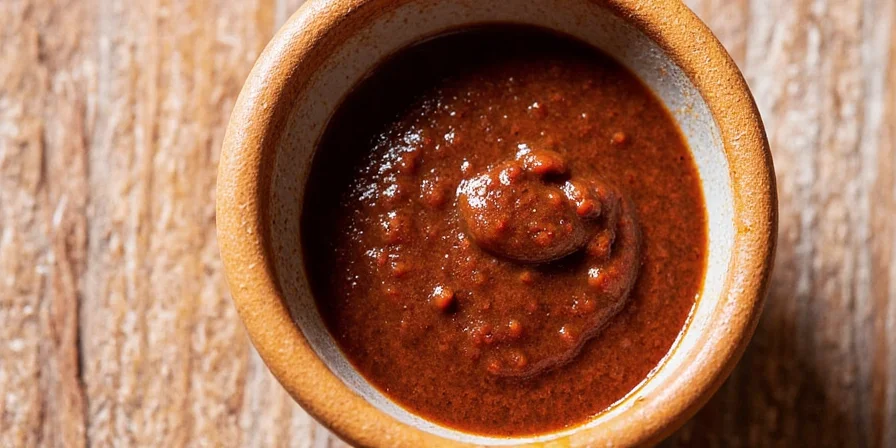
A Spectrum of Mole: From Red to Green and Everything In Between
While many people associate mole with that dark, almost chocolatey version you see at restaurants, there are actually several types of mole, each with its own flavor profile and regional roots:
- Mole Negro: The darkest of them all, loaded with toasted chilies, bitter chocolate, and spices.
- Mole Rojo: Slightly lighter, with more tomato influence and less chocolate.
- Mole Verde: Bright green, herb-forward, and packed with tomatillo and fresh greens.
- Mole Amarillo: Golden yellow, made with yellow chilies and often used for poultry dishes.
- Mole Chichilo: A rustic beef-based mole from Oaxaca, similar to a stew.
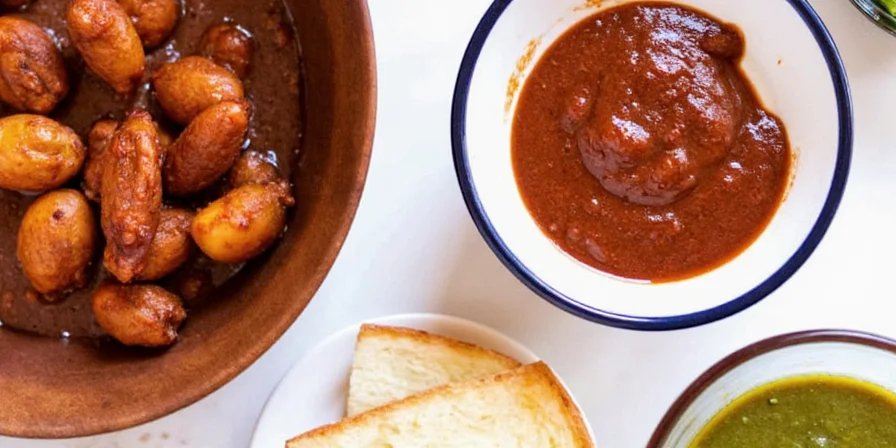
How to Cook Like a Pro: Tips for Using Mole at Home
You don’t have to be a professional chef to make a killer mole — just a little patience and love. Here are some handy tips to get you started:
- Toast Your Ingredients: Toasting dried chilies, spices, and nuts brings out their oils and intensifies the flavors.
- Don’t Rush the Simmer: Low and slow is key. Letting your mole simmer for hours helps develop depth and meld the flavors together.
- Adjust the Thickness: Traditional mole is usually thick enough to coat the back of a spoon, but you can thin it with broth or water if needed.
- Use Chicken or Turkey: These meats absorb mole beautifully. Some chefs even say turkey is the secret to the best mole pairings.
- Taste as You Go: Mole is all about balance. Taste often and adjust salt, sweetness, or spice as needed.
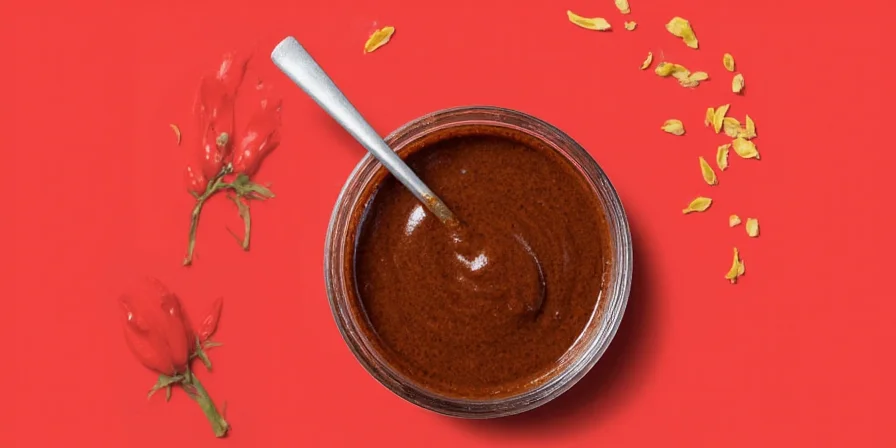
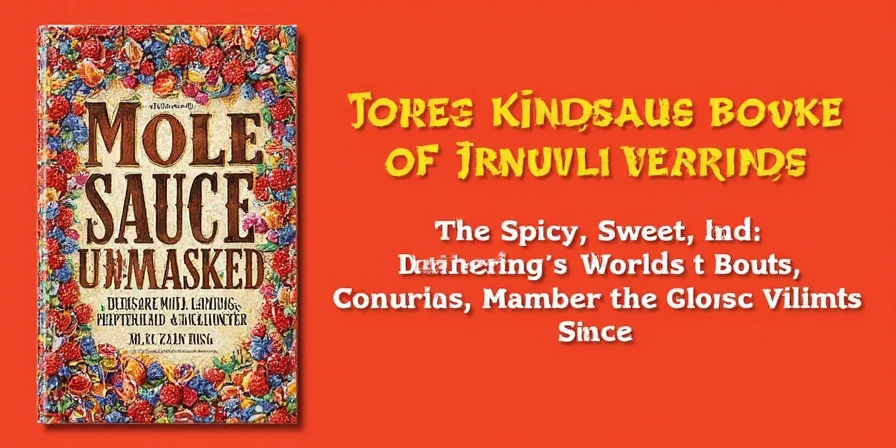
Pairing Mole Like a Sommelier: What Goes With This Complex Sauce?
Because mole is such a complex flavor bomb, pairing it correctly can take your dish from good to legendary. Consider these ideas:
- Rice: Neutral white rice lets the mole shine and soaks up every drop.
- Tamales: Spooning mole over tamales is pure heaven — soft masa meets rich sauce.
- Tortillas: Corn tortillas, either warmed or fried, offer a perfect bite-sized delivery system.
- Plantains: Their natural sweetness complements the savory/spicy notes of mole.
- Beer: A light lager or a citrus-forward IPA can cut through the richness and refresh the palate.
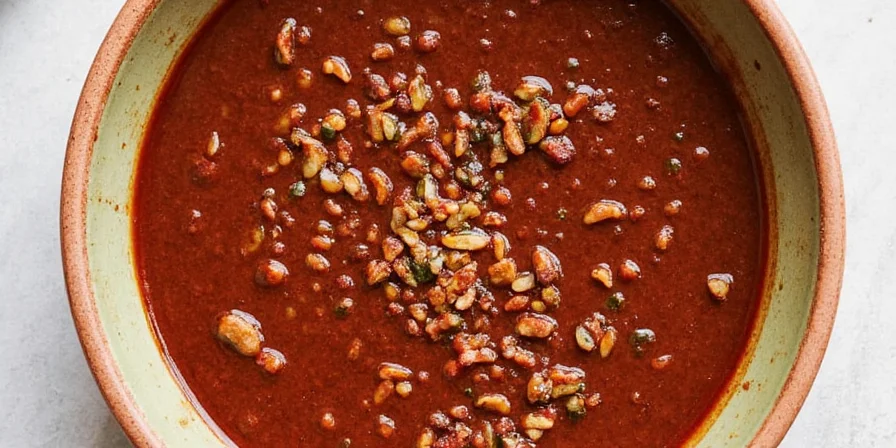
Busting Mole Myths: Separating Fact from Fiction
With something as layered and storied as mole, myths abound. Let’s clear up a few:
| Myth | Reality |
|---|---|
| All mole contains chocolate | False! Only some varieties, like mole negro, include chocolate. |
| Mole takes days to make | It can! But shortcuts like using pre-ground spices or pressure cookers can reduce time dramatically. |
| Mole is only for holidays | While it's traditional for celebrations, mole deserves year-round love! |
| Mole is too complicated for home cooks | Nonsense! With a good recipe and some patience, anyone can master mole. |
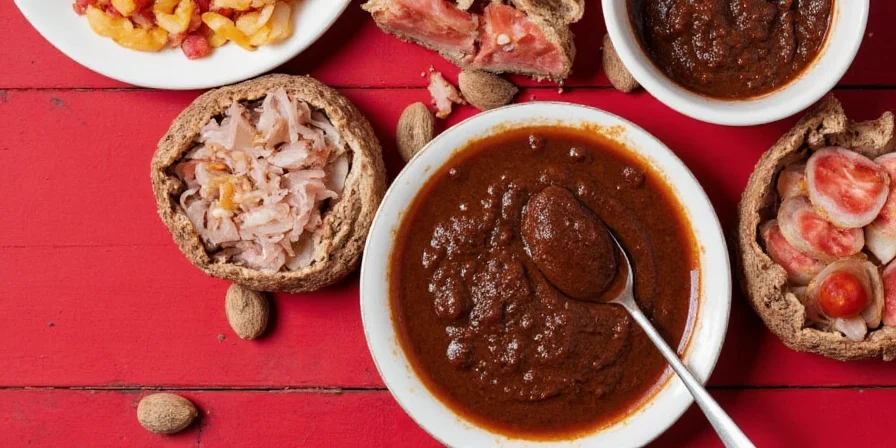
Final Thoughts: Why Mole Deserves a Spot in Your Spice Rotation
Mole isn’t just a sauce — it’s a symphony of spice, sweetness, and soul. Whether you’re diving into the world of Mexican cuisine or simply looking to expand your flavor horizons, mole offers a journey worth taking.
From its humble roots in ancient kitchens to its modern-day status as a culinary icon, mole is proof that great things come to those who wait (and stir). So grab your pan, stock up on spices, and let’s bring the magic of mole into your next meal.
And remember — when in doubt, add more cinnamon. Always.
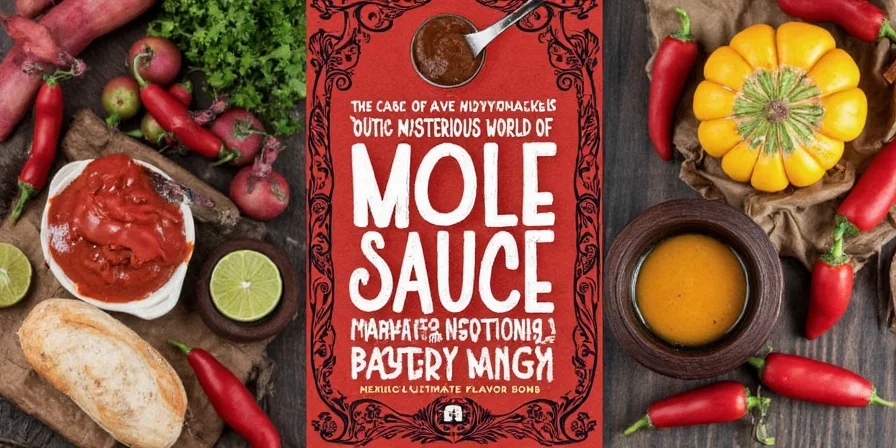

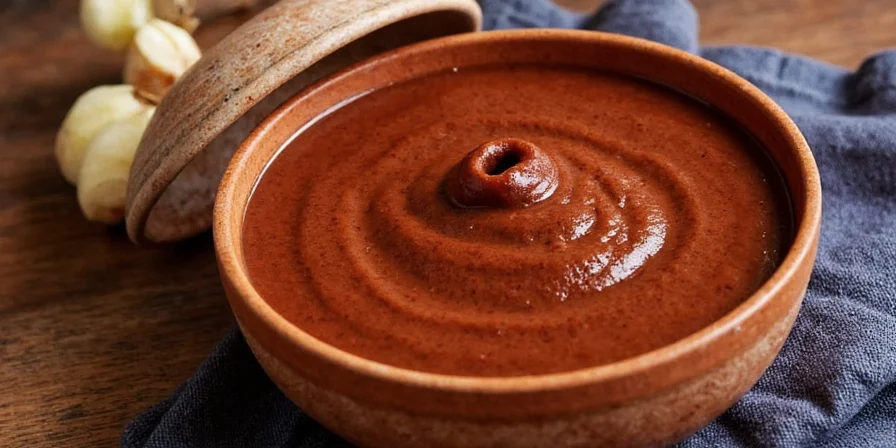









 浙公网安备
33010002000092号
浙公网安备
33010002000092号 浙B2-20120091-4
浙B2-20120091-4